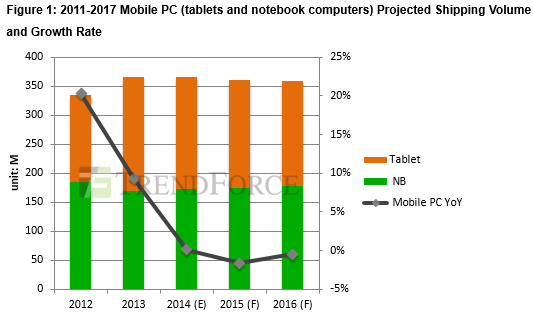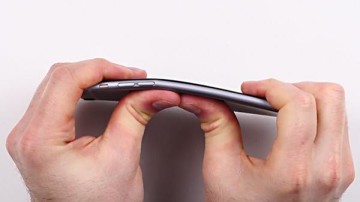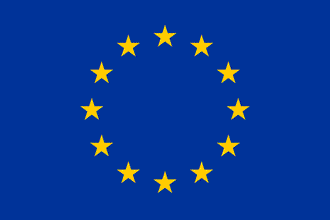 Bad news for Apple fanboys who have to take out a mortgage every time Jobs’ Mob releases a new phone – the fruity cargo cult might release a new one every six months.
Bad news for Apple fanboys who have to take out a mortgage every time Jobs’ Mob releases a new phone – the fruity cargo cult might release a new one every six months.
The dark satanic rumour mill has manufactured a hell on earth rumour which suggests that Apple’s policy of releasing only one phone a year will be scrapped.
Apple is looking at a condensed six month release timetable going forward in order to not only keep up with the more frequent releases from Samsung but also to provide a boost to iPhone sales when the iWatch launches in the spring.
Jobs’ Mob has offered an S-model every other year because most carriers have only allowed their customers to upgrade every eighteen to twenty-four months. That is set to change as Verizon NEXT and AT&T EDGE allow more frequent smartphone upgrades than the traditional every other year eligibility, making that traditional timetable obsolete.
Apple has also heavily invested in the idea of making a major design change every other year.
This means that the iPhone 7 and iPhone 6S both arriving in autumn, with the 7 being the more expensive flagship model and the 6S being the mid-range model from day one.
Apple is hesitant about launching the iWatch in the spring of 2015 without a new iPhone to go along with it, as it could give hesitant consumers an excuse to wait on buying both until the fall.
This means that the iPhone 6S a release date in the spring with the Watch, and then launching the iPhone 7 in Sept 2015. Another plan being looked at is the iPhone 6S arriving in the spring and sticking around for a full year, with the iPhone 7 being released in the spring of 2016.
However, this could all backfire. Apple fans loyally buy their toys once every year, and this could be shaken if they have to do this once every six months. Lately changes to the iPhone have been cosmetic and this is likely to get worse if there is a six-month release cycle. Soon Apple fanboys will wake up to the fact that they are buying the same phone with changes which are just not worthwhile bankrupting themselves thinking different every six months.




















